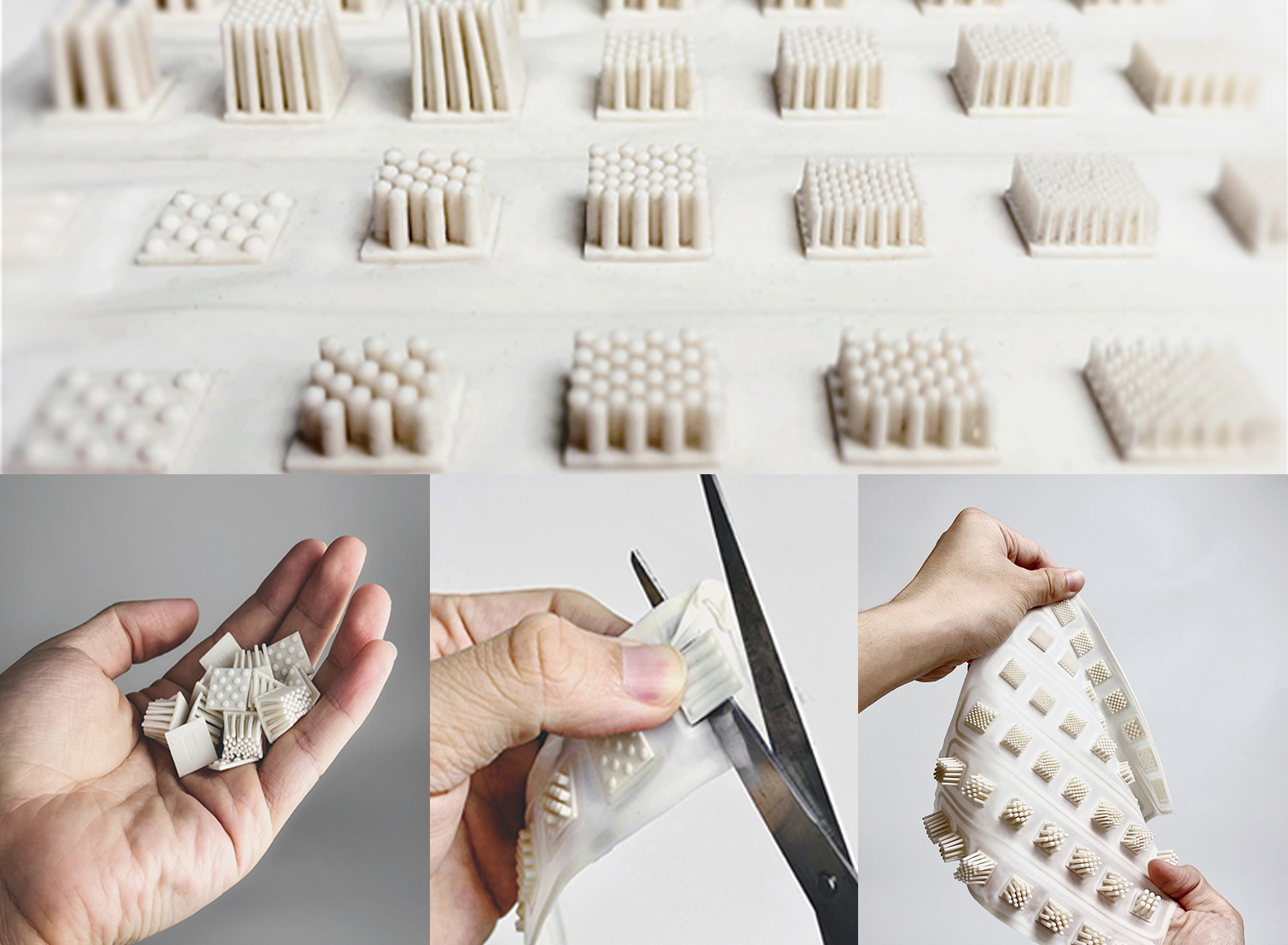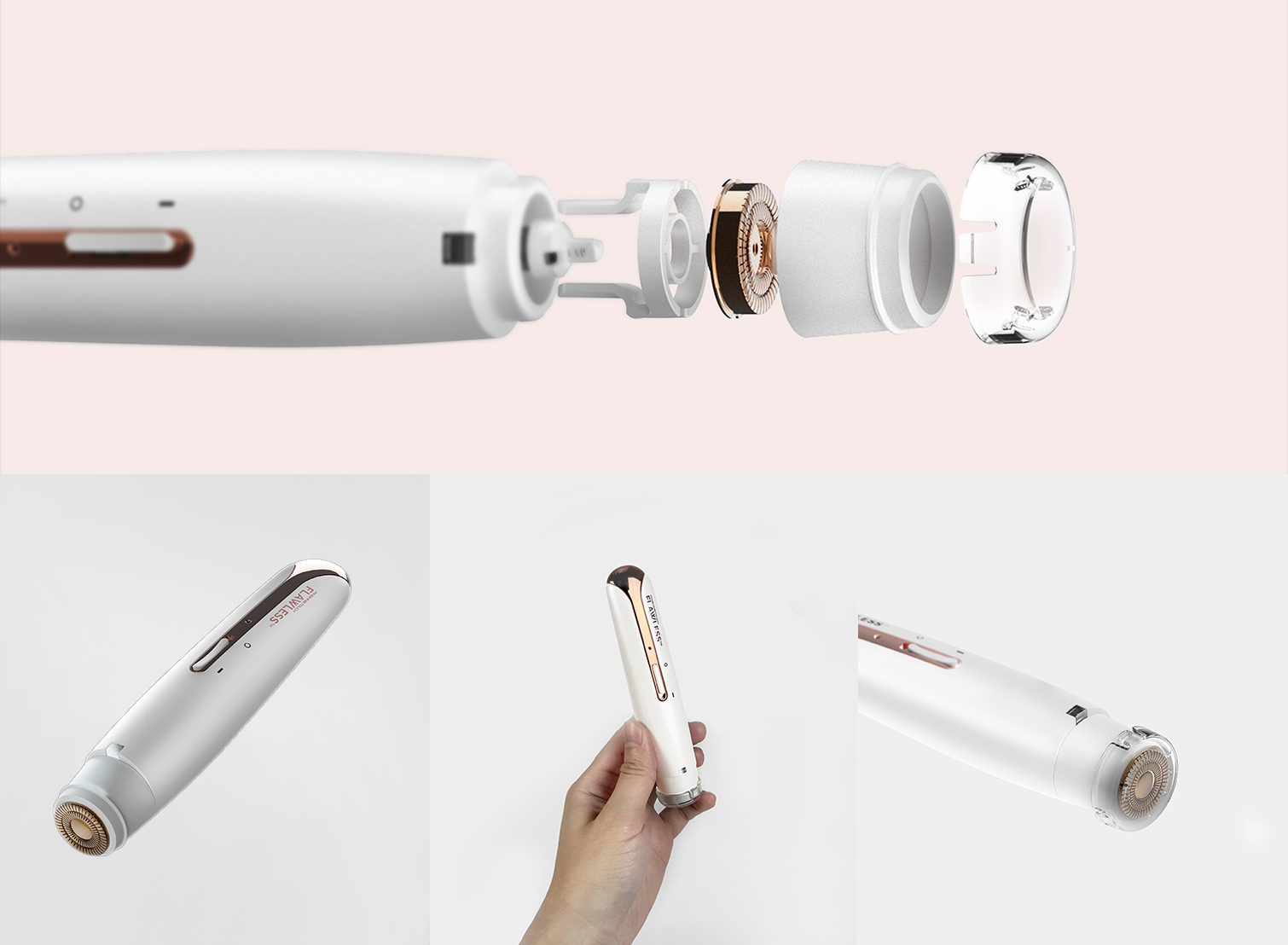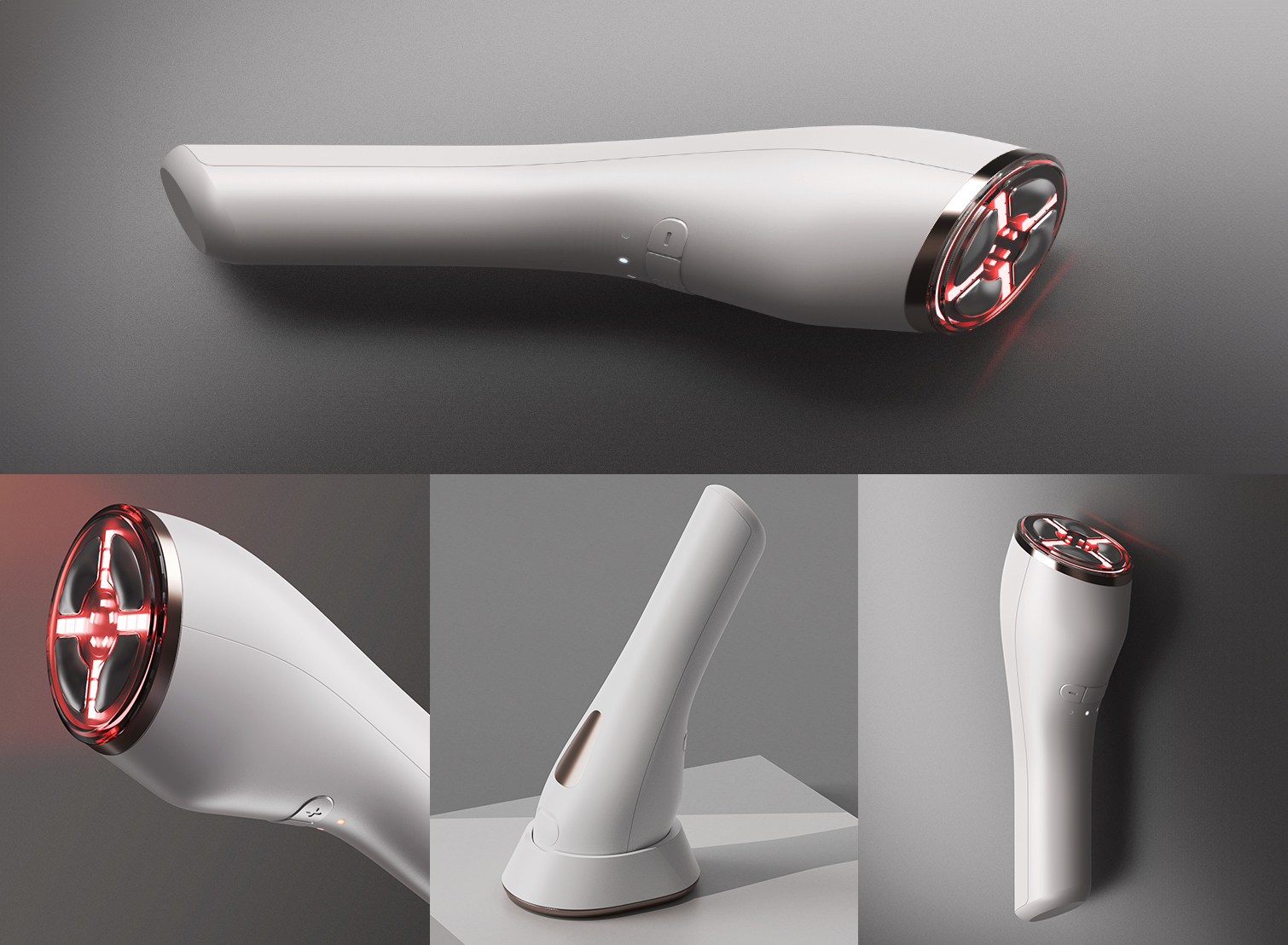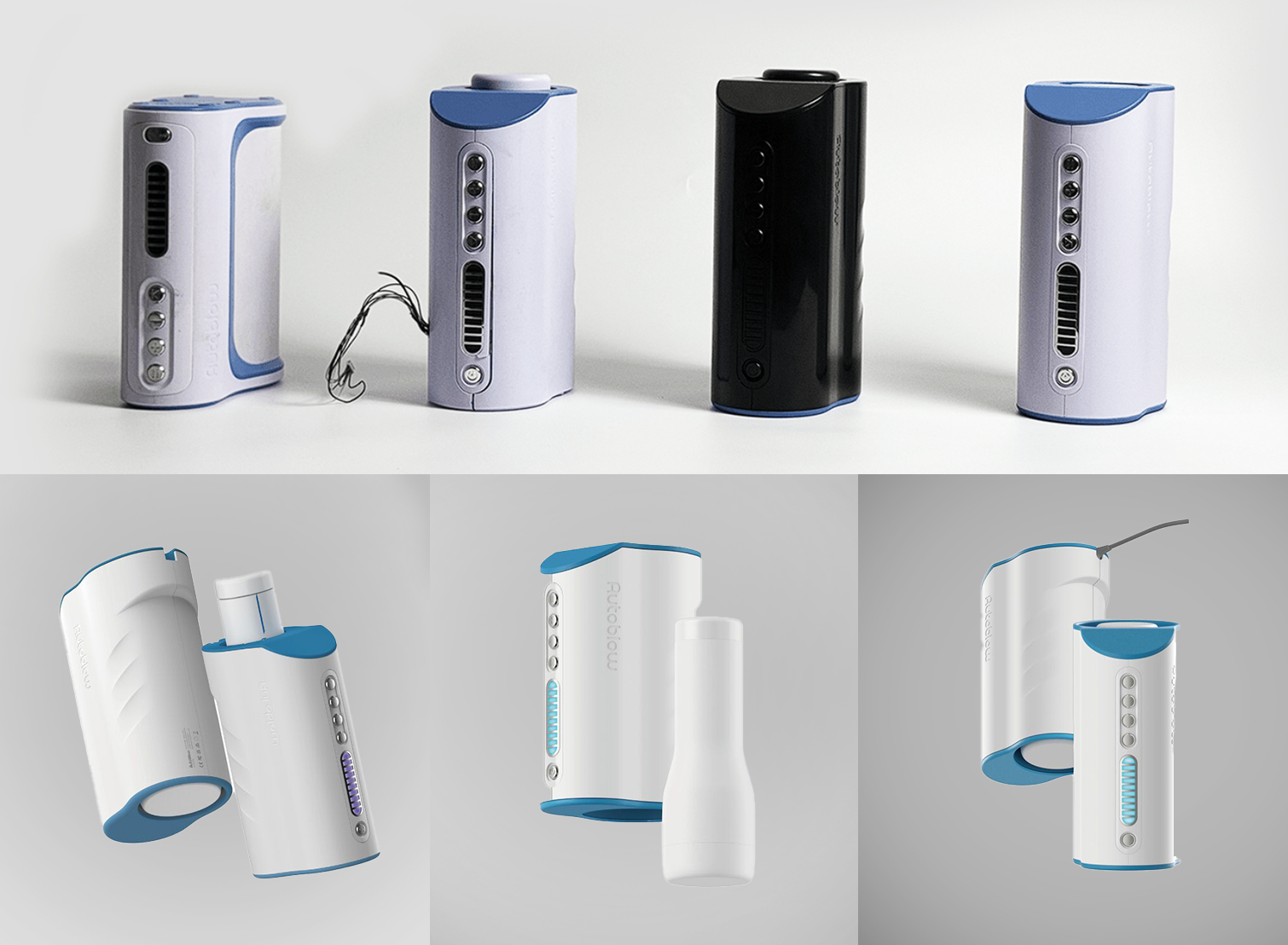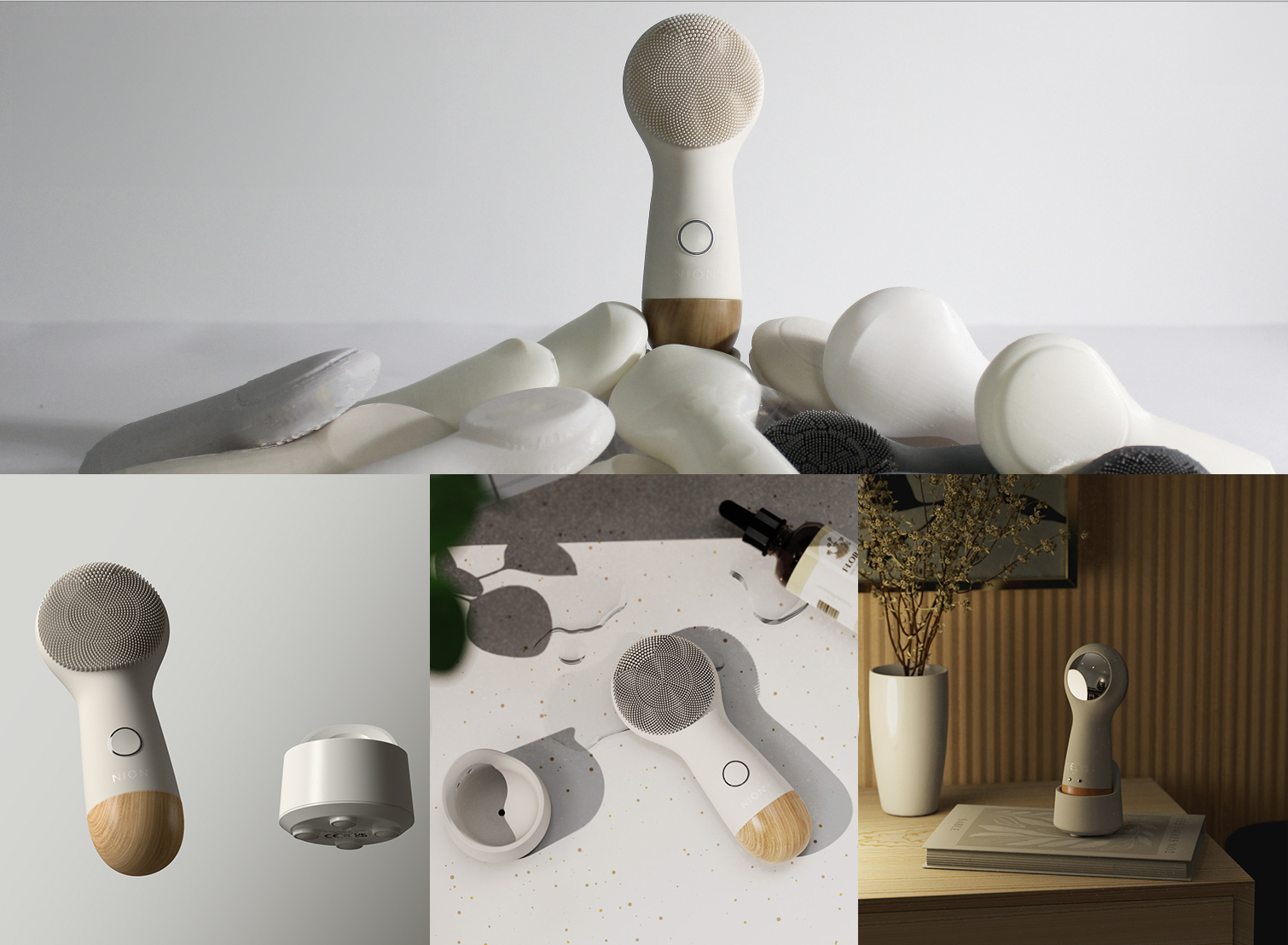How To Bring An Invention Idea To Life
In 2024, product development is still going strong. If you’re an aspiring inventor with a great idea that could change the world, you might wonder how to make it a reality.
So, how do you bring an invention to life? This article will guide you through the process of developing your idea. It will start with understanding the basics and then move on to manufacturing and marketing your invention successfully.
The Basics of Idea Invention & Development
Before starting to develop your product, make sure you fully understand what your product idea involves. This begins by defining your concept and identifying its unique features and benefits.
Is your innovation a physical product or a software application? What problem does it solve, and who will benefit from using it? These questions will help you shape your product concept and lay the foundation for its development.
Embarking on the journey of product development requires a keen eye for detail and a passion for innovation. Turning an idea into reality is a careful process. This process can have a big impact on people’s lives. It can also change entire industries.
So, how can I start an invention when I have an idea but I don’t know how to make it?
Defining Your Product Concept
Defining your product concept involves brainstorming and conducting research to identify the key features and functionalities. Take the time to sketch out your idea, detailing its various components and how they interact. Consider how your creation differs from existing solutions and what makes it unique. This step is crucial as it lays the groundwork for further development.
Furthermore, delving deep into the intricacies of your concept can unveil hidden potentials and unforeseen challenges. In this exploration phase, inventors often discover new avenues for improvement and innovation, leading to breakthroughs that set their inventions apart from the rest.
Importance of Patent Research
As an inventor, protecting your intellectual property is vital. Before proceeding with further development, it is crucial to conduct a comprehensive patent research. This study wants to find out if a similar product already exists and if your idea can be patented.
It helps you understand the competitive landscape and guides you in refining your invention concept to make it distinguishable from existing solutions.
Moreover, patent research not only safeguards your invention but also empowers you with knowledge about the legal aspects of innovation. Understanding the intricacies of patent laws and regulations can provide you with a strategic advantage in navigating the complex world of intellectual property rights. By conducting thorough patent research, you equip yourself with the necessary information to make informed decisions and protect your invention from potential infringements.
Building a Prototype of Your Invention
Once you have a well-defined invention concept, it is time to bring it to life through a prototype. A prototype serves as a tangible representation of your invention, allowing you to test and refine its functionality. Creating a prototype involves several steps:
Steps to Create a Prototype
- Sketching and Visualization: Start by sketching out the design and components of your invention concept. This will help you visualize how it will look and function.
- Material Selection: Determine the materials that will be used in building the prototype. Consider factors such as durability, cost effectiveness, and ease of manufacturing.
- Construction: Use the sketches and selected materials to construct a physical prototype. This can be done manually or with the help of professional services.
- Testing and Refinement: Once the prototype is built, test it to ensure it functions as intended. Identify any flaws or areas for improvement and refine the design accordingly.
Testing and Refining Your Prototype
Testing your prototype is a critical step in the development process. It allows you to identify any design flaws, functional issues, or usability concerns. Conduct thorough testing to ensure that your invention performs as expected and meets the needs of its intended users. Make any necessary adjustments and refinements based on the feedback and testing results, iteratively improving the prototype until it is ready for production.
During the testing phase, it is important to consider various scenarios and use cases to ensure that your invention can handle different situations. This may involve subjecting the prototype to extreme conditions or simulating real-life scenarios to gauge its performance. By pushing the boundaries of your invention, you can uncover any weaknesses and address them before moving forward.
Another aspect to consider during the testing and refinement process is user feedback. Engage with potential users or experts in the field to gather their insights and opinions. Their perspectives can provide valuable insights into how your invention can be improved to better meet the needs of its target audience. Incorporating user feedback into the refinement process can lead to a more user-friendly and market-ready prototype.
How to Protect Your Invention Legally
Protecting your invention legally is essential to prevent others from copying or stealing your idea. Two crucial aspects of legal protection are applying for a patent and utilizing non-disclosure agreements (NDAs).
Legally protecting your invention ensures that others acknowledge and reward your hard work and creativity.
Taking the right legal steps builds a strong foundation for your invention’s success, saving you time and money.
Applying for a Product Patent
Before you share or sell your product invention, think about applying for a patent to secure exclusive rights. A patent is a legal document that stops others from making, using, or selling your idea without your permission. To get a patent, you can talk to a patent attorney or use online services to file the needed paperwork.
First, do a patent search through the Patent and Trademark Office to make sure your idea is new. You can also look into design patents if your invention is about the way something looks. Getting a patent not only protects your invention but also makes it more valuable.
A patented invention gives you an edge in the market because competitors can’t copy your product idea without breaking the law. Plus, having a patent can attract investors and partners who see the value in a legally protected innovation.
Importance of Non-Disclosure Agreements
When sharing information about your invention with potential manufacturers, investors, or any other parties, it is crucial to protect your intellectual property. Non-disclosure agreements (NDAs) provide legal protection by restricting the disclosure and use of confidential information. By having parties sign an NDA, you can ensure that your invention remains confidential and safeguarded throughout the development process.
By incorporating NDAs into your business practices, you demonstrate a commitment to maintaining the secrecy and exclusivity of your invention.
This not only builds trust and confidence with your partners but also deters intellectual property theft or unauthorized use. With the security provided by NDAs, you can collaborate with peace of mind. Legal and licensing agreements will protect your valuable ideas in the long run, giving you peace of mind.
Creating a Business Plan for Your Invention
Turning your invention into a successful venture requires careful planning and strategizing. Creating a comprehensive business plan will help you navigate the complexities of the market and secure funding for your invention.
Before diving into the creation of your business plan, it’s essential to have a clear understanding of your invention’s unique selling points and value proposition. What sets your invention apart from existing solutions in the market? How does it address a specific need or pain point for consumers? By clearly defining these aspects, you can effectively communicate the potential of your invention to investors and customers alike.
Market Research for Your Invention
Conducting thorough market research is crucial to understand the target audience, competition, and market potential for your invention. Identify the market size, demand, and consumer preferences related to your invention’s category. This information will help you refine your marketing strategy and position your invention effectively in the market.
Furthermore, delving into market trends and industry forecasts can provide valuable insights into the future growth potential of your invention. By staying abreast of emerging technologies, consumer behaviors, and regulatory changes, you can adapt your business plan to capitalize on evolving market dynamics and stay ahead of the competition.
Funding and Investment Opportunities
Developing and bringing an invention to market often requires substantial financial resources. Research available funding and investment opportunities, such as grants, loans, crowdfunding platforms, and venture capital firms. Prepare a compelling pitch and business plan to attract potential investors and secure the necessary funding to propel your invention’s development and commercialization.
In addition to traditional funding sources, exploring strategic partnerships and collaborations can also provide access to resources, expertise, and distribution channels that can accelerate the growth of your invention. By forging mutually beneficial relationships with industry players, you can leverage their networks and capabilities to enhance the market reach and scalability of your invention.
Manufacturing and Marketing Your Invention
Once you have a refined prototype, legal protection, and a solid business plan, it is time to focus on manufacturing and marketing your invention to reach your target market.
Finding the Right Manufacturer
Identifying the right manufacturer is crucial for turning your prototype into a market-ready product. Conduct thorough research and consider factors such as cost, quality, production capacity, and turnaround time. Request quotes and samples from multiple manufacturers to compare and make an informed decision.
Effective Marketing Strategies for Getting Your Invention Made
Marketing your invention effectively is vital for its success in the market. Develop a comprehensive marketing strategy that includes online and offline channels. Use social media platforms, online advertising, public relations, and trade shows to generate awareness and create demand for your invention. Engage with potential customers and stakeholders to gather feedback and continually refine your marketing efforts.
With determination, perseverance, and a strategic approach, you can navigate the complex process of getting your invention developed. Understanding the basics, building a prototype, protecting your invention legally, creating a business plan, and effectively manufacturing and marketing your invention are key steps toward bringing your innovative idea from concept to reality.


